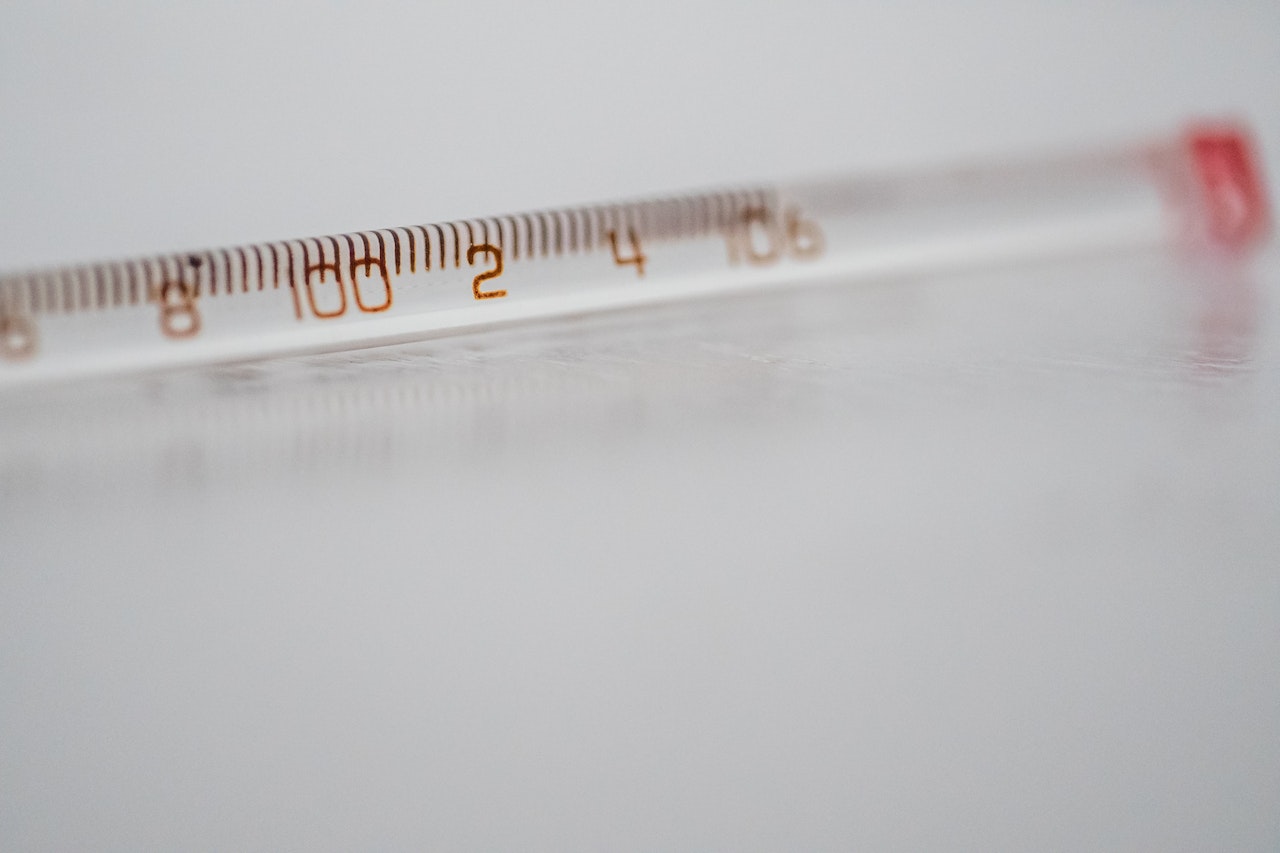When understanding temperature, it’s essential to know how to convert between different scales. One commonly encountered conversion is from Celsius to Fahrenheit. Whether you’re a science student or just curious about the weather, knowing how to convert celsius to fahrenheit quickly is a valuable skill. This article will break down the process and provide practical tips to make the conversion a breeze.
Why Convert Celsius to Fahrenheit?
Before delving into the conversion process, it’s important to understand why converting temperatures from celsius to fahrenheit is essential. The Celsius and Fahrenheit scales are two of the most commonly used temperature scales worldwide. While Celsius (also known as Centigrade) is more prevalent in the scientific community and most countries, Fahrenheit is commonly used in the United States and a few other regions.
This discrepancy in usage can lead to confusion when interpreting temperature information. To bridge this gap and ensure effective communication, knowing how to convert between these two scales is crucial.
The Celsius and Fahrenheit Scales: An Overview
To convert Celsius to Fahrenheit quickly and accurately, it’s essential to understand the basic differences between the two temperature scales.
The Celsius Scale (°C): This scale is based on water’s freezing and boiling points. Water freezes at 0°C and boils at 100°C under standard atmospheric conditions. The Celsius scale is widely used in scientific research and everyday weather forecasts.
The Fahrenheit Scale (°F): In contrast, the Fahrenheit scale is based on a different set of reference points. Water freezes at 32°F and boils at 212°F under normal atmospheric conditions. While less common in scientific applications, the Fahrenheit scale is still prevalent in the United States, where it is used for weather reporting and everyday temperature measurements.
The Conversion Formula: Celsius to Fahrenheit
Now that the two temperature scales have been discussed, quickly explore the formula to convert Celsius to Fahrenheit. The formula is relatively straightforward:
°F = (°C × 9/5) + 32
To convert Celsius to Fahrenheit, multiply the temperature in Celsius by 9/5 (or 1.8) and then add 32. This simple equation allows for rapid conversion from one scale to another.
Practical Tips for Quick Conversion
Converting Celsius to Fahrenheit doesn’t have to be a daunting task. Here are some practical tips to make the process even easier:
Estimation: You can use some benchmarks if you need a rough estimate. For instance, you know that 0°C is 32°F and 100°C is 212°F. So, if you have a temperature like 25°C, you can estimate it’s roughly 77°F.
Use Online Tools: In this digital age, you don’t always need to perform manual calculations. Numerous online converters and smartphone apps can quickly convert Celsius to Fahrenheit. Just input the value, and the conversion is done in an instant.
Practice Mental Math: For those who like to flex their mental math muscles, practicing conversions in your head can be a fun challenge. Over time, you’ll become more adept at converting temperatures on the fly.
Learn Key Reference Points: Memorizing key reference points can help you quickly gauge temperatures in either scale. For example, you can remember that 25°C is approximately 77°F and 37°C is around 98.6°F, which is normal body temperature.
Convert Celsius to Fahrenheit: A Valuable Skill
Being able to convert Celsius to Fahrenheit quickly is a valuable skill that can be handy in various situations. Whether planning a trip to a country that uses the Fahrenheit scale, analyzing temperature data in a different format, or simply impressing your friends with your temperature conversion prowess, this skill is worth mastering.
In conclusion, understanding celsius to fahrenheit temperature conversion is practical and essential for effective communication in a globalized world. The ability to convert Celsius to Fahrenheit quickly allows us to bridge the gap between different temperature scales and make informed decisions in various contexts. Whether you’re dealing with weather reports, scientific data, or simply engaging in a friendly debate about the weather, knowing how to convert temperatures is a skill that can serve you well. So, the next time you encounter a temperature in Celsius, remember the formula and tips outlined in this article, and you’ll be ready to make the conversion easily.



